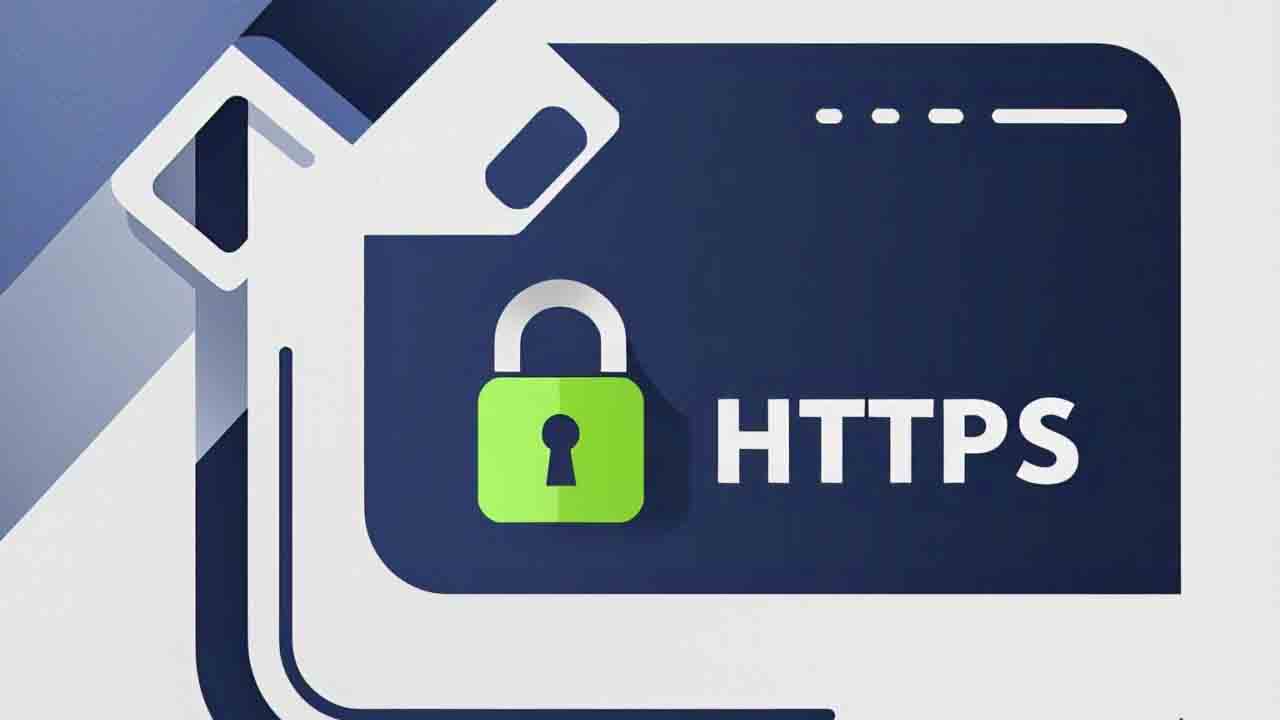
Fastcreasite – Fortifying the web against cyber threats is now a top priority for web developers across industries. With the frequency and sophistication of cyberattacks continuing to rise, advanced security protocols have become essential in maintaining the integrity of online spaces. By implementing stringent measures such as HTTPS, multi-factor authentication (MFA), and end-to-end encryption, developers are not only safeguarding sensitive data but also ensuring trust in digital environments.
A critical element in fortifying the web is the widespread adoption of HTTPS (Hypertext Transfer Protocol Secure). HTTPS ensures that data exchanged between a user’s browser and a website is encrypted, making it nearly impossible for malicious actors to intercept sensitive information. Websites that do not use HTTPS are vulnerable to “man-in-the-middle” attacks, where cybercriminals can steal or alter data. As users become more aware of online security, websites that fail to prioritize HTTPS risk losing consumer trust. Web developers are increasingly making HTTPS a default protocol to ensure encrypted communication, bolstering both privacy and security.
Another cornerstone in fortifying the web is multi-factor authentication (MFA). MFA adds an additional layer of protection by requiring users to verify their identity through more than just a password. Typically, users must provide something they know (a password), something they have (a mobile device for authentication), or something they are (biometric data like fingerprints). This approach drastically reduces the risk of unauthorized access, even if a password is compromised. As cyberattacks become more sophisticated, MFA is increasingly being adopted as a standard security measure across various digital platforms, including banking, social media, and e-commerce.
“Taylor Swift and The Tortured Poets Department”
The shift towards Zero Trust Architecture (ZTA) marks a significant evolution in fortifying the web. Unlike traditional security models that trust users or devices within the network perimeter, Zero Trust operates on the principle that no one, inside or outside the network, is inherently trusted. ZTA continuously verifies access requests and ensures that only authorized users can interact with specific data or systems. By scrutinizing each access attempt, this approach minimizes the risk of data breaches and internal threats. As remote work and cloud computing continue to expand, Zero Trust is becoming a critical component of securing modern enterprises and protecting sensitive data.
In an era where cyber threats are more pervasive and sophisticated than ever. Fortifying the web has become essential for both businesses and users. By implementing robust security protocols such as HTTPS, multi-factor authentication, and Zero Trust Architecture. Web developers are taking significant steps to safeguard the digital world. These advancements not only protect sensitive data but also foster trust and confidence in online interactions. As technology continues to evolve, the importance of secure digital infrastructure will only grow. Making it essential for web developers to stay ahead of the curve in addressing emerging security challenges.
“DreamCloud Premier Rest: The Luxury Hybrid Mattress”
[SITE_NAME] - Web designers increasingly rely on web design color psychology to drive clicks, build trust, and guide user decisions.…
[SITE_NAME] highlights how essential cybersecurity tools for modern web projects protect applications from fast-evolving digital threats in 2025. Why Essential…
[SITE_NAME] highlights new findings from eye tracking website header research showing users often ignore prominent header elements on modern sites.…
[SITE_NAME] highlights new website header blindness insights from eye-tracking studies that show users often skip top-page areas and focus directly…
FastCreaSite - Voice Commerce has accelerated into mainstream adoption as more users rely on voice-enabled devices to complete everyday tasks,…
FastCreaSite - The rapid expansion of online platforms has forced companies to reevaluate how they structure and distribute content. As…